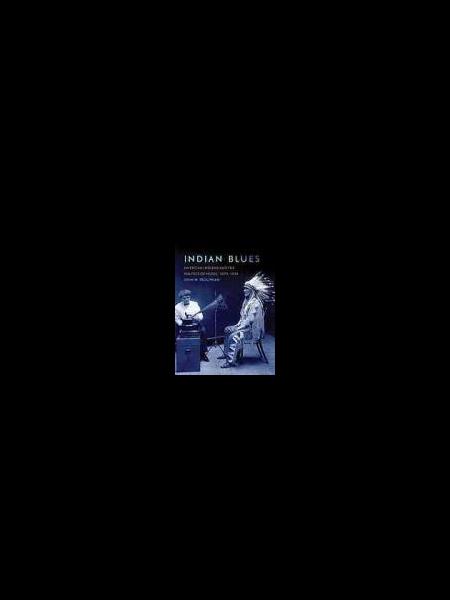April 2023
Topics:
Troutman (history, U. of Louisiana, Lafayette) considers the politics of music on Indian reservations, off-reservation boarding schools, and public venues at the turn of the twentieth century, as the US government--notably the Office of Indian Affairs--tried to control the musical practices of American Indians as part of their goal to assimilate them, while Indian musicians resisted their efforts. Using the opening of the Carlisle Indian School in 1879 and the passage of the Indian Reorganization Act in 1934 as beginning and ending points, he explores how Native Americans, government officials, and non-Indian audiences used musical practice to shape federal Indian policy, including to reinforce tribal identities and conversely to shape government ideas of Indian citizens in boarding schools. Focusing on musical practice, he examines Lakota Omaha Dances, brass marching bands, the impact of the press and popular cultural trends on efforts to suppress dancing, and art and semiclassical music, as well as five professional Native musicians who adapted their musical training to their own goals, such as Tsianina Redfeather Blackstone, Joe Morris, and Dennison Wheelock. Annotation ©2009 Book News, Inc., Portland, OR (booknews.com)
ISBN:


